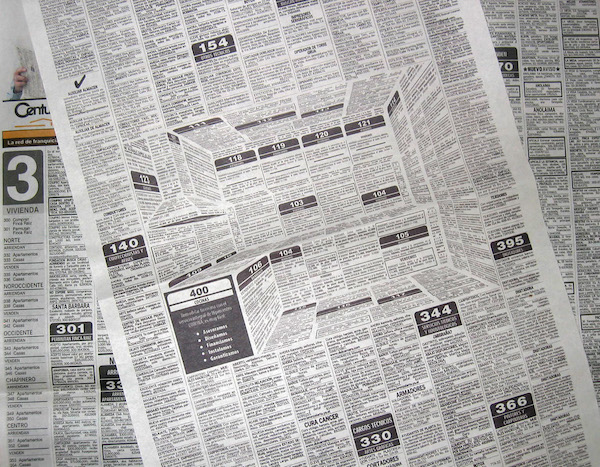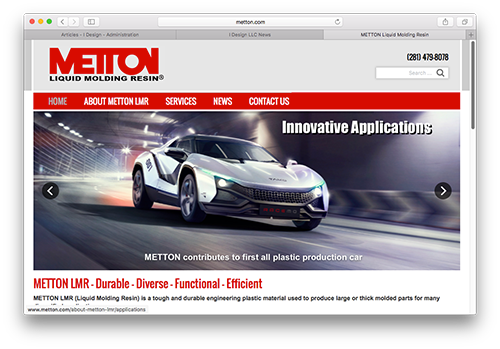It's easy to download photos from the internet, but in most cases, reusing them on your own site is copyright infringement. Photos that are classified as being in the "public domain" are the exception, so be careful when publishing photos or graphics on your site.
Also, with the ease of sharing photos on social media, it's good to know what you can and can't do with someone else's posted photos. Here's a short post from designtaxi.com that explains sharing rules on Instagram.
 I have some clients (who will remain nameless) that like to fill every bit of space they have available with something – text, pics, stars, banners – anything but white space. I guess they believe that they're paying for the space, especially if it's an ad, so they might as well get as much out of it as possible. But I can assure you, that white space is your friend. When a print design, or a even a web page or app page are crowded with elements, it looks crowded. It looks messy. It looks like something a used car salesman would do in a newspaper ad. Okay for showing lots of information about lots of cars, but not very elegant or professional looking.
I have some clients (who will remain nameless) that like to fill every bit of space they have available with something – text, pics, stars, banners – anything but white space. I guess they believe that they're paying for the space, especially if it's an ad, so they might as well get as much out of it as possible. But I can assure you, that white space is your friend. When a print design, or a even a web page or app page are crowded with elements, it looks crowded. It looks messy. It looks like something a used car salesman would do in a newspaper ad. Okay for showing lots of information about lots of cars, but not very elegant or professional looking.
 In my last news article,
In my last news article,  Take a look at almost any newer website design on the Internet today and there's a great chance you'll see a giant photo or a huge photo slider on the home page. Just like fashion, architecture, and other industries, web design follows trends. People see other sites and they want their site to look the same. They go to seminars where "professionals" tell them "your site must have an enormous photo on the home page."
Take a look at almost any newer website design on the Internet today and there's a great chance you'll see a giant photo or a huge photo slider on the home page. Just like fashion, architecture, and other industries, web design follows trends. People see other sites and they want their site to look the same. They go to seminars where "professionals" tell them "your site must have an enormous photo on the home page."